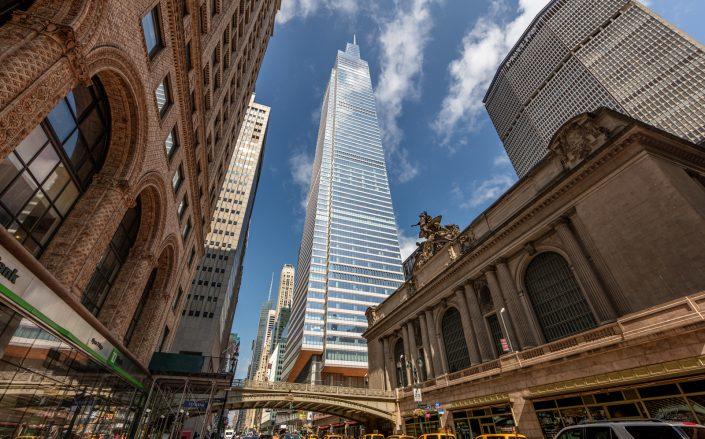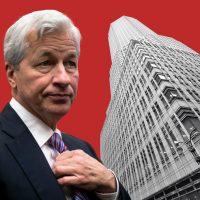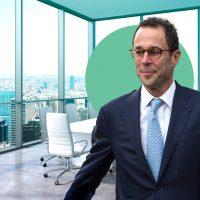Grand openings for major Manhattan office towers tend to be self-congratulatory celebrations, marked by proclamations about the city’s bigger and better future. In some cases, such as the opening of the World Trade Center, there’s the added element of overcoming great adversity.
It’s unusual, however, to see a prominent skyscraper open during a crisis, especially one that poses an existential threat to the office building as we know it.
That’s exactly what happened on Monday, as SL Green Realty cut the ribbon on its One Vanderbilt tower with partners Hines and the National Pension Service of Korea. The opening comes as business leaders in New York urge companies to return to the workplace.
“As our city continues to recover from the pandemic, we’re proud that One Vanderbilt’s completion and opening is a physical reminder of New York’s resiliency,” SL Green CEO Marc Holliday said at a socially distanced ceremony outside the 1.7 million-square-foot Midtown East skyscraper.

Photo via Max Touhey
Mayor Bill de Blasio thanked Holliday for bringing SL Green employees back to the office and said One Vanderbilt’s opening is “one of the first and most tangible sings of the rebirth of New York City.”
After months of working from home, and with infection rates low, business leaders are making the case for workers to return to their offices and help kickstart the city’s recovery. Some of New York’s biggest landlords have pushed major employers to bring their workers back.
JPMorgan last week reportedly told employees in its sales and trading divisions to be ready to return by next week.
And real estate executives including Douglas Durst, Marty Burger and Rob Speyer recently joined the city’s broader business community in urging Mayor Bill de Blasio to help by addressing public safety and quality-of-life issues.
On Monday, Holliday said SL Green was the first company in the city to return to 100 percent work-from-office. TD Bank CEO Greg Braca, whose company is One Vanderbilt’s anchor tenant and also participated in financing the tower, said his bank is “all in” on the building. SL Green executives said the 1,401-foot-tall building, designed by Kohn Pedersen Fox, is about 70 percent leased with two other deals in the works. They expect to end the year with the tower 72 percent leased.
SL Green will move its offices into the building in late November and early December, and tenants such as TD Bank, the Carlyle Group and several others will follow suit before the end of the year, said Andrew Matthais, president of the development firm.
“The first tenants will move in in November, and we’ll see steady move-ins through the middle of next year getting up to that 70 percent level,” he said.
The pandemic slowed the building’s timeline by several months, and amid the softer leasing market SL Green has offered increased concessions to prospective tenants.
Still, Monday’s event was full of optimism.
In a city where real estate has become a four-letter word, some of the city’s top political leaders effusively praised SL Green, which as part of the 2017 rezoning deal for the site contributed $220 million to transit improvements at the adjacent Grand Central Terminal, including a 4,000-square-foot transit hall within the skyscraper.
Manhattan Borough President Gale Brewer noted that she would never be mistaken for a pro-development politician. But she said she holds Holliday and SL Green up as paragons when other developers ask for the city’s assistance.
“I ask them, Why can’t you be more like Mark?” she said.
Read more



